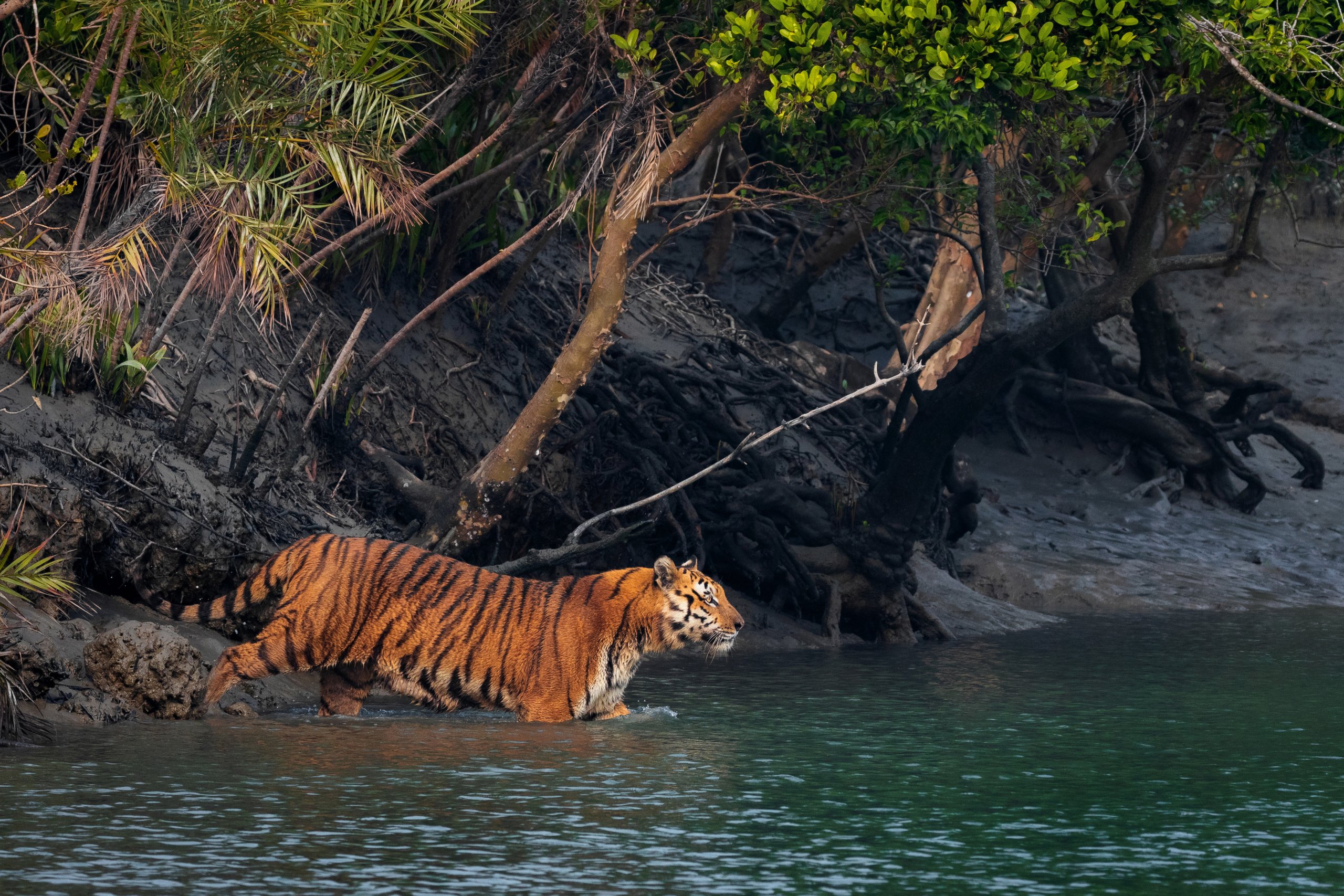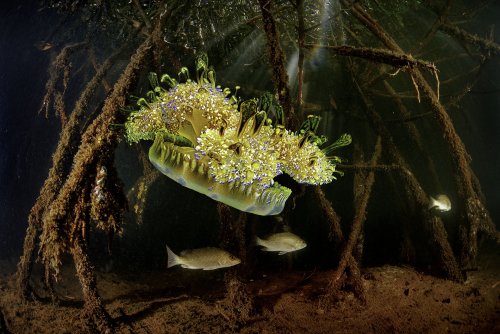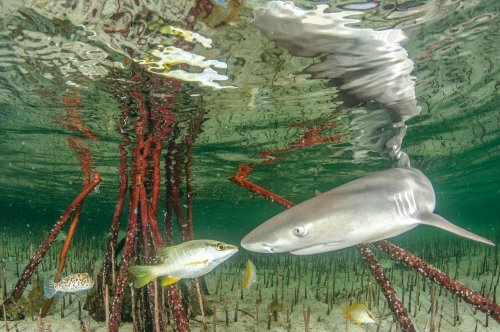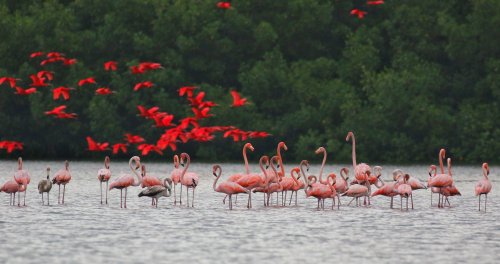
Why Mangroves Are Vital for Global Biodiversity
Last Updated: November 2024
Written by: Dr. Laura Michie
Despite disappointing outcomes at COP16, which left significant gaps in commitments for tangible action, mangroves stand out as ecosystems too vital to overlook. These unique coastal forests are incredibly valuable – not just for their role in capturing carbon, but for the life they support and the protection they offer to nearby communities.
Here’s why mangroves are natures unsung hero, protecting life on Earth from the growing threat of biodiversity loss:
Where Coastal Life Thrives
Mangroves are a treasure trove of biodiversity. Found along tropical and subtropical coastlines, these ecosystems support a rich variety of life, from fish, crustaceans, and mollusks to migratory birds, mammals, and reptiles. When we conserve mangroves, we’re not just saving trees – we’re preserving whole communities of life.

A Lifeline for Endangered Wildlife
Mangroves play a critical role in the survival of endangered species. Unique animals like the Bengal tiger, proboscis monkeys and dugongs, depend on them for survival. Mangroves are also vital nesting grounds for sea turtles and rare birds, and they offer a safe breeding environment for young animals. Protecting these habitats means we’re giving endangered species a fighting chance to thrive.

The Ocean’s Nursery
Mangroves act as nurseries for many commercially important fish and shellfish species, like snapper, grouper, shrimp, and crabs. As much as 80% of the global fishing catch depends on mangrove habitats, either directly or indirectly. This biodiversity supports local fishing and aquaculture, allowing coastal residents to maintain healthy fish populations and maintain their livelihoods. Beyond fishing, mangroves are also vital for other sustainable livelihoods, such as beekeeping and shellfish harvesting.
Nature’s Coastal Shield
The benefits of mangroves reach beyond wildlife and climate. They shield coastlines from erosion, reduce storm impacts, and help prevent saltwater from contaminating freshwater supplies. They offer natural protection along coastlines, helping stabilize shorelines and reduce the risk of habitat loss. Conserving mangroves means supporting both biodiversity and the people who depend on these areas.

The Promise and Perils of Biodiversity Credits
The World Economic Forum’s global risks report lists biodiversity loss and ecosystem collapse as one of the top four risks over the coming decade, underscoring the urgency of protecting nature. With biodiversity credits gaining traction, mangroves are becoming valuable assets in new conservation strategies. Biodiversity credits attach a financial value to ecosystems, incentivizing their conservation and restoration. Given the biodiversity and carbon benefits mangroves offer, they’re ideal candidates for this model. Investments in these credits could help safeguard mangroves while supporting local economies. But we need to be cautious. Biodiversity credits should benefit both nature and people, especially the coastal populations that have been stewards of mangroves for generations. Poorly managed credit programs could overlook these communities’ needs and rights, potentially disrupting their lives and livelihoods. Moreover, if local people are not actively engaged or invested in conservation efforts, it could backfire – mangroves may be cut down, overharvested, or exploited for short-term gain. It’s crucial that biodiversity credits are designed with local people in mind, ensuring they are active partners who benefit from conservation efforts, not just bystanders.
Investing in mangroves means preserving wildlife, supporting livelihoods, and sustaining our planet. The bottom line is, protecting mangroves protects us all.
Cover Image: India Winter Morning Mangroves The Royal Bengal Tiger / Soham Bhattacharyya
